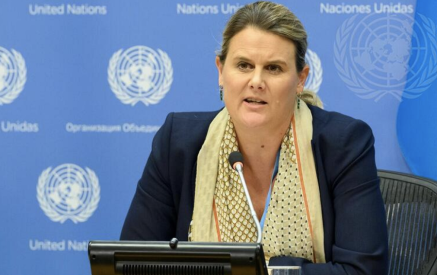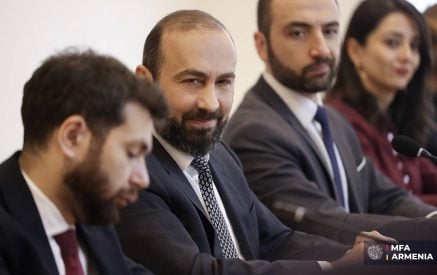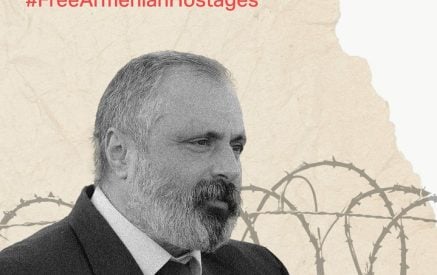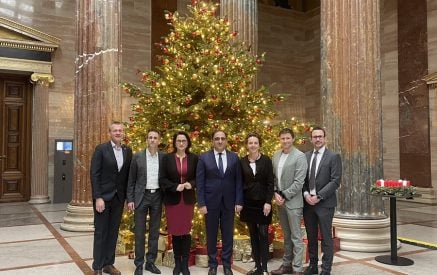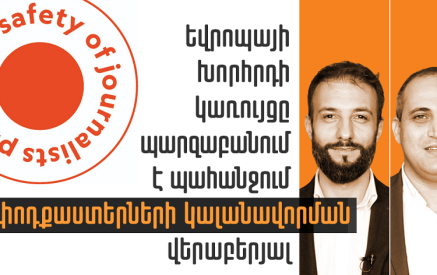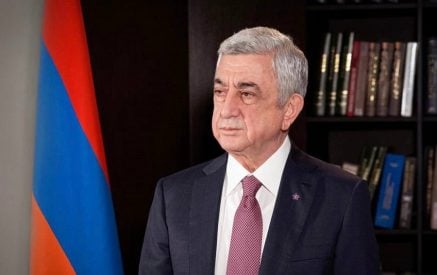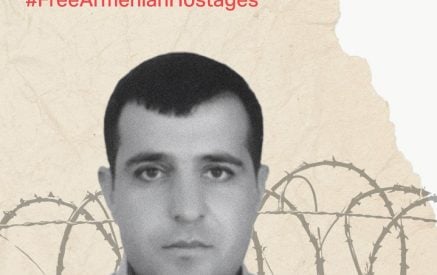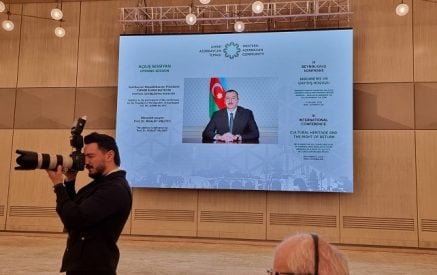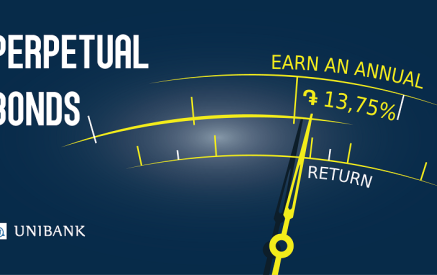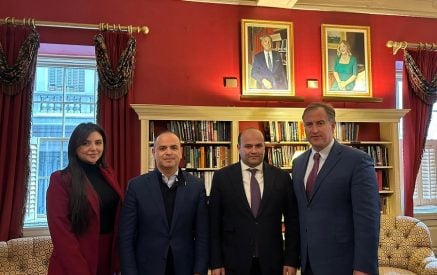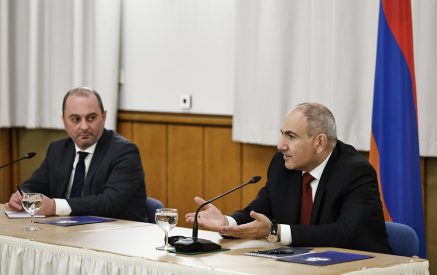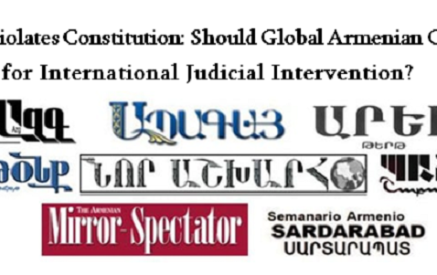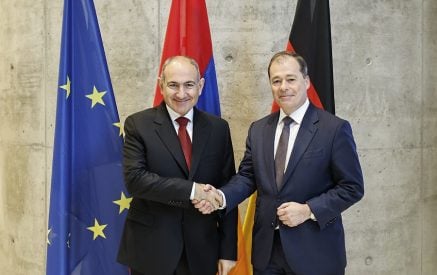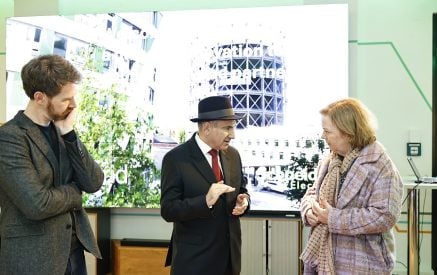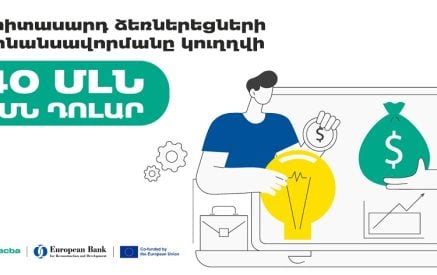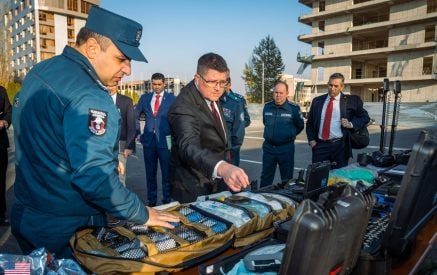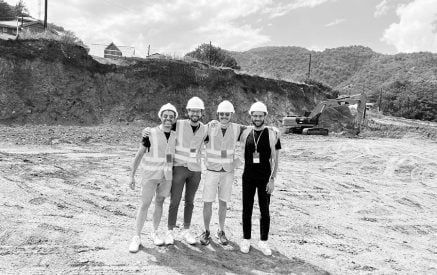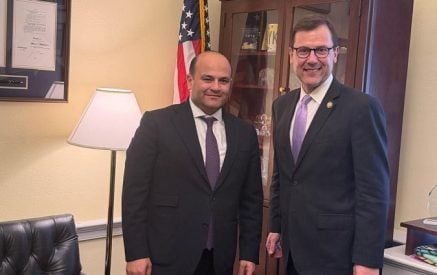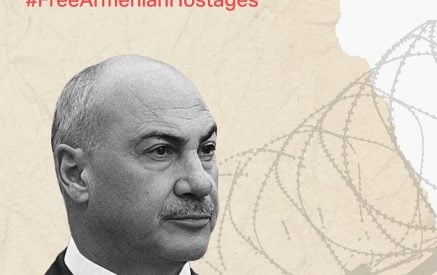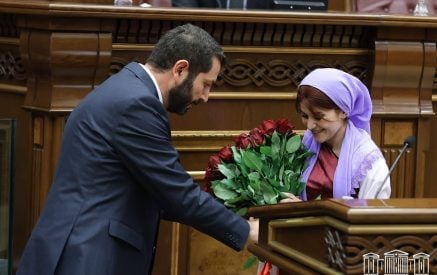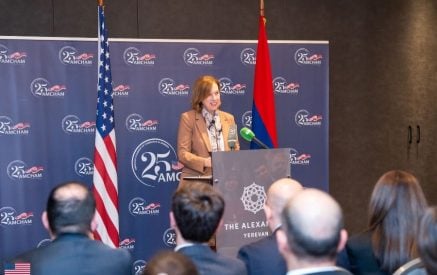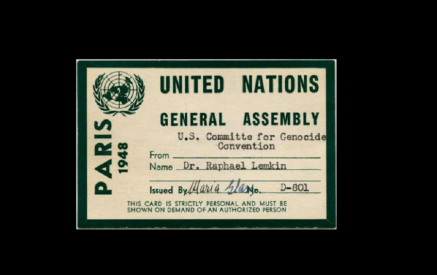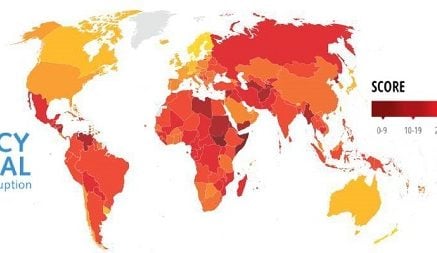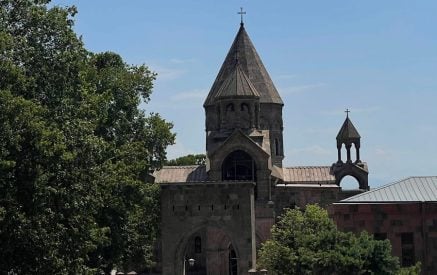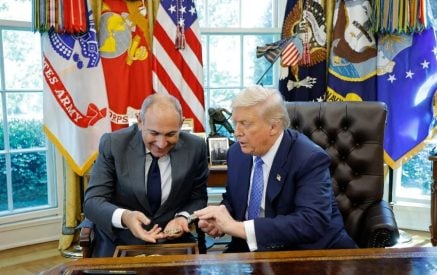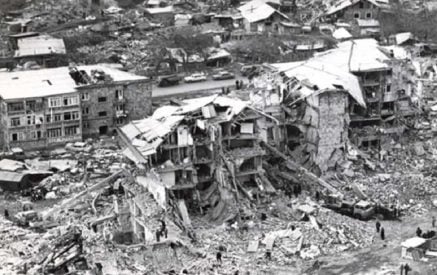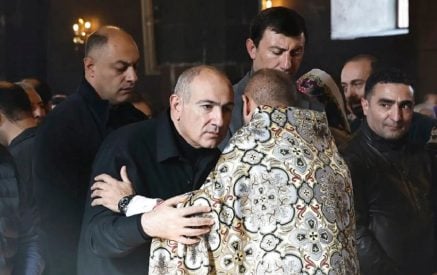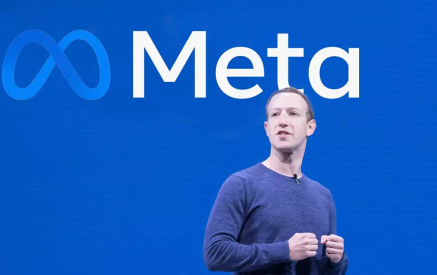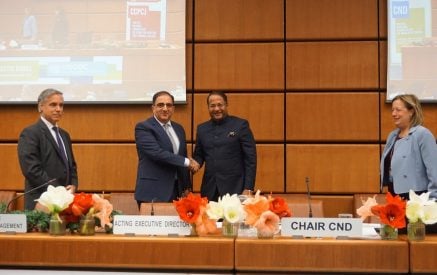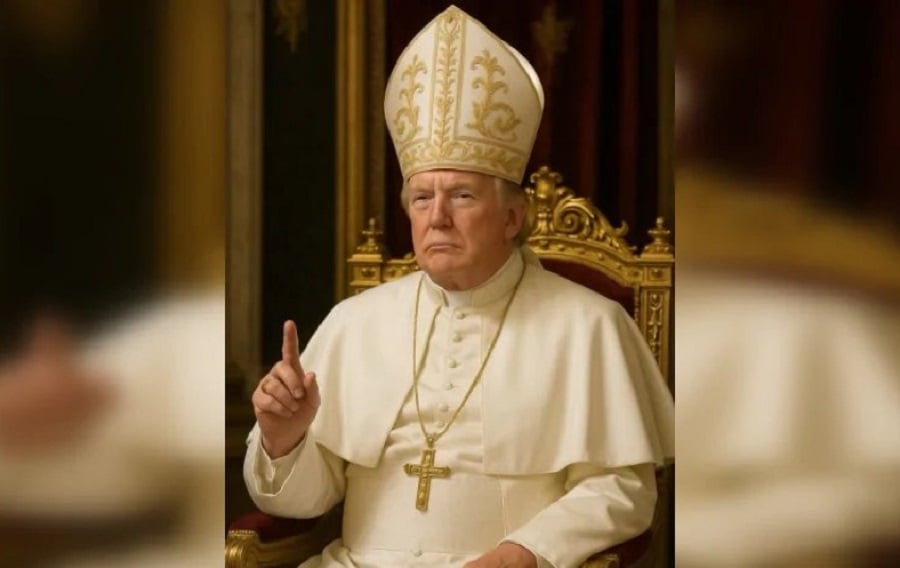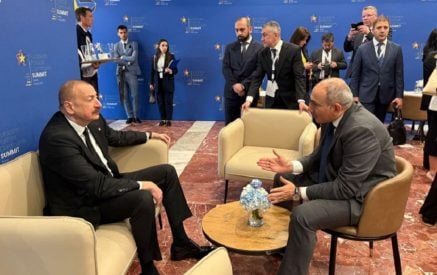“ACNIS ReView from Yerevan”. The world is witnessing a whirlwind of chaotic events, the interconnections of which provide discerning researchers with valuable insights into the direction humanity is heading. What are these events, and what underlying logic ties them together?
Consider the following examples:1) the attendance of the world’s most powerful figures and numerous prominent personalities on April 26, in Vatican City to pay their respects at the funeral of Pope Francis; 2) the rise of Donald Trump to power, strongly supported by major religious communities and his spiritual ideology—dubbed “Trumpism,” encompassing elements such as right-wing populism, anti-globalism, national conservatism, and neo-nationalism; 3) a renewed military confrontation between India and Pakistan, which could lead to the expulsion of up to three million Muslim residents from India. From the evening of May 6 India and Pakistan conducted a series of military strikes against each other until May 10 ceasefire. India, which has long insisted Pakistan supports terrorism in Indian-administered Kashmir, said that Pakistan-based insurgent groups were behind the attack. All these examples—and they are far from exhaustive—carry a pronounced religious undertone.
Armenia is intentionally absent from this list, but it warrants closer examination. Since 2018, tensions between the Armenian Apostolic Church and the current government have remained unresolved. From the onset of its rule, the Civil Contract Party targeted three key institutions: the church, the school, and the army. While the church has managed to neutralize government “attacks,” unite its congregation, and continue fulfilling its spiritual mission, the other two institutions—the school and the army—have unfortunately been left in a state of semi-destruction.
Turning back to the broader global developments, these events offer a glimpse into where humanity is headed and how its socio-economic structures and philosophical worldviews may evolve. One thing is evident: religion, once relegated to the private sphere and largely excluded from public politics in the 19th century, is reclaiming its place in the public domain. This signals the end of an era dominated by liberalism, communism, fascism, and other “-isms,” which often led to divisive phenomena, including the clashes of civilizations foreseen by many 20th-century thinkers.
Read also
The turning point appears to lie at the dawn of the 21st century. Once-promising ideals—such as the dream of a prosperous, carefree life and the notion of fundamental human rights and freedoms—are now collapsing like fragile bubbles. In this context, Donald Trump emerges as a significant historical figure. From the moment he assumed power, he underscored that the values humanity had been “nourished” with for decades had reached their limits. Trump advocates a return to traditional values centered on family, gender roles, and the vital role of religious communities—values he argues must once again shape society. Indeed, a new developmental trajectory is emerging globally, with conservative values occupying a central position.
So, what is happening in Armenia? Seven years ago, a leader came to power who seems out of step with the times and history, promoting meaningless and illogical ideas. Admittedly, he has been remarkably effective in misleading the uninformed. His propaganda emphasizes forgetting the past, abandoning history, discarding traditional national values—even relinquishing national identity.
And the goal? It appears the goal is to live well, freely, happily, and in good relations within the 29,743 square kilometers of the Armenian republic’s territory. In essence, this echoes the same liberal ideals that are already collapsing in the Western world—a worldview that has failed to withstand the test of time. Similarly, the “velvet” leader occupying the office of prime minister of the Republic of Armenia has not withstood the test of time over the past seven years.
The Armenian Center for National and International Studies



